The Power Liftgate Market is currently characterized by a dynamic competitive landscape, driven by technological advancements and increasing consumer demand for convenience and automation in vehicles. Key players such as Magna International (Canada), Bosch (Germany), and Valeo (France) are at the forefront, each adopting distinct strategies to enhance their market positioning. Magna International (Canada) focuses on innovation and product development, particularly in integrating smart technologies into their liftgate systems. Bosch (Germany), on the other hand, emphasizes partnerships and collaborations to expand its technological capabilities, while Valeo (France) is heavily investing in sustainability initiatives, aiming to reduce the environmental impact of its manufacturing processes. Collectively, these strategies contribute to a competitive environment that is increasingly centered around technological innovation and sustainability.
In terms of business tactics, companies are localizing manufacturing to reduce costs and improve supply chain efficiency. This approach is particularly evident in the Power Liftgate Market, which appears to be moderately fragmented, with several players vying for market share. The collective influence of these key players shapes the market structure, as they engage in strategic collaborations and optimize their supply chains to enhance operational efficiency and responsiveness to market demands.
In August 2025, Bosch (Germany) announced a strategic partnership with a leading electric vehicle manufacturer to develop advanced power liftgate systems that integrate seamlessly with electric vehicle platforms. This collaboration is significant as it positions Bosch to leverage the growing electric vehicle market, aligning its product offerings with the evolving needs of consumers seeking innovative and efficient solutions.
In September 2025, Valeo (France) unveiled a new line of power liftgates designed with eco-friendly materials and energy-efficient mechanisms. This launch underscores Valeo's commitment to sustainability and reflects a broader industry trend towards environmentally conscious manufacturing practices. By prioritizing sustainability, Valeo not only enhances its brand image but also meets the increasing consumer demand for greener automotive solutions.
In October 2025, Magna International (Canada) expanded its manufacturing capabilities in North America by investing in a new facility dedicated to the production of power liftgate systems. This strategic move is likely to enhance Magna's operational efficiency and responsiveness to regional market demands, positioning the company favorably against competitors in the North American market.
As of October 2025, the Power Liftgate Market is witnessing trends that emphasize digitalization, sustainability, and the integration of artificial intelligence in product offerings. Strategic alliances are increasingly shaping the competitive landscape, enabling companies to pool resources and expertise to drive innovation. Looking ahead, it is anticipated that competitive differentiation will evolve, shifting from traditional price-based competition to a focus on technological innovation, supply chain reliability, and sustainable practices. This transition is likely to redefine how companies compete, with an emphasis on delivering value through advanced technology and environmentally responsible solutions.
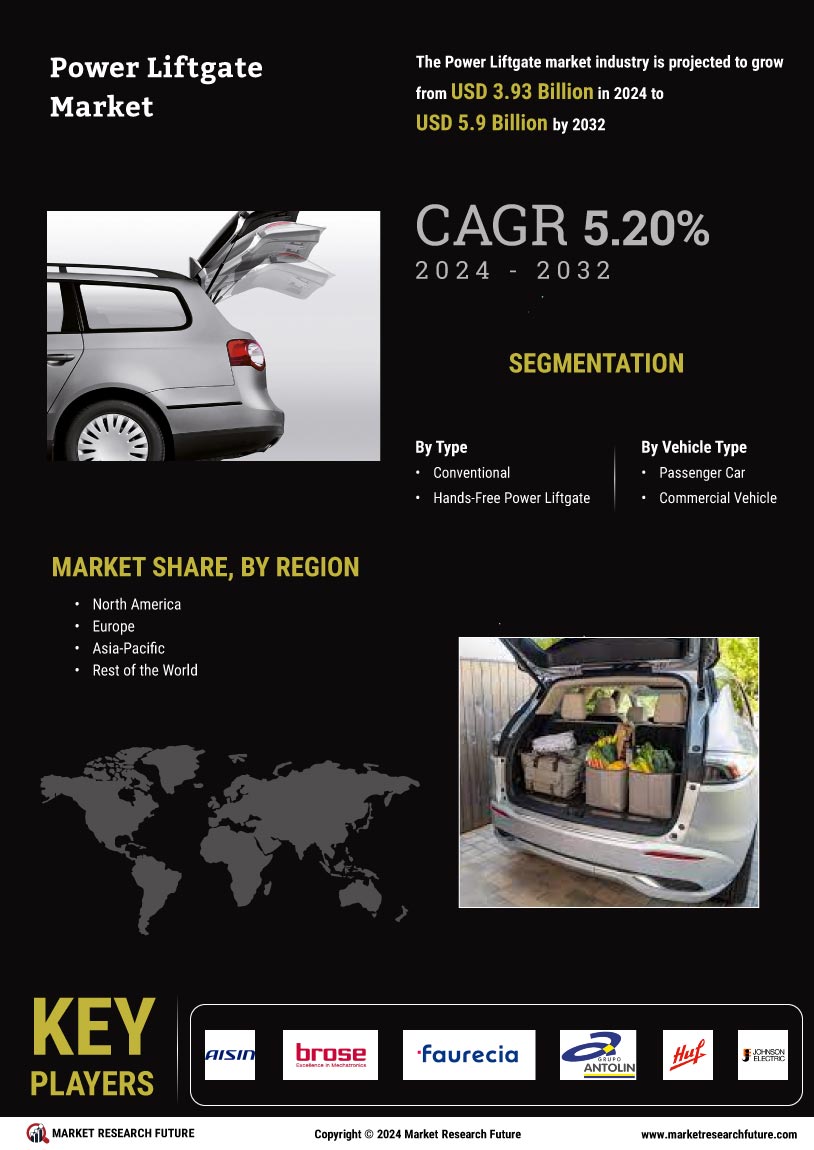

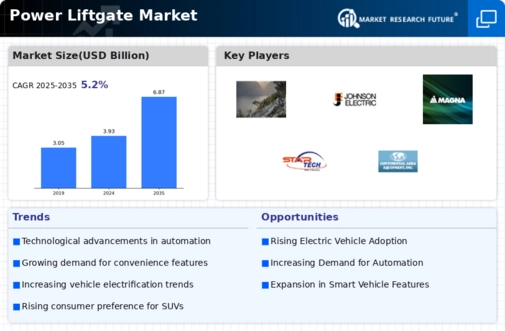

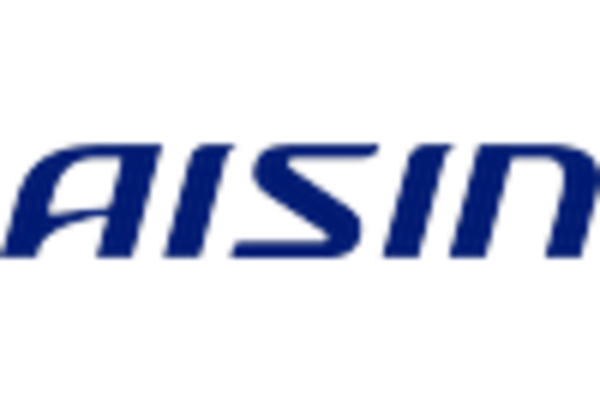

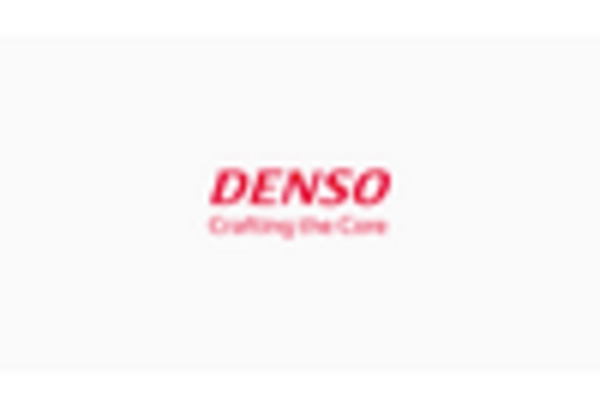
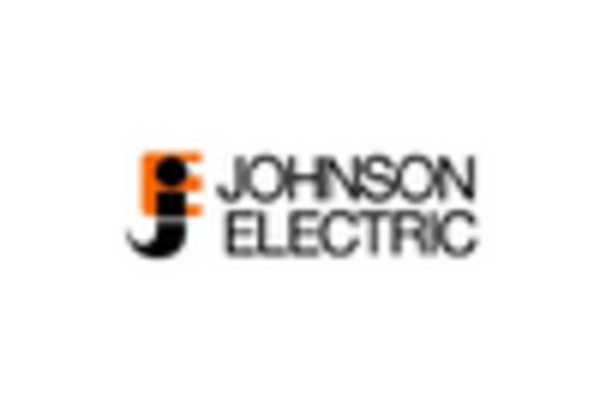










Leave a Comment